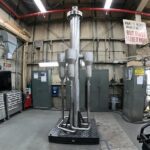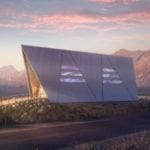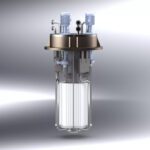It might surprise many people to learn that nearly every operating reactor in the world has technological roots in Idaho. The fact is, the Idaho National Laboratory (INL), which was known as the National Reactor Testing Station in its early days, has been leading the way in nuclear energy research and development for more than 70 years.
INL consists of an 890-square-mile area in southeastern Idaho, as well as laboratories and administrative buildings located approximately 35 miles to the east in the city of Idaho Falls. For perspective, consider that the site is nearly the size of Rhode Island, albeit with far fewer people—much of the land is considered desert.
I had the chance to visit the lab in April and met with several of INL’s staff members. I came away thoroughly impressed by the site and its people.
Nuclear Energy Innovation
INL is one of 17 national labs in the U.S. Department of Energy (DOE) complex, and one of only 10 with multiprogram capabilities. INL is home to more than 5,700 researchers and support staff focused on innovations in nuclear research, renewable energy systems, and security solutions. The lab claims to serve as “the nation’s command center for advanced nuclear energy research, development, demonstration, and deployment.” INL is home to the “unparalleled Advanced Test Reactor” and associated assets for post-irradiation examination, fuel fabrication, materials testing, and development assets.
The National Reactor Testing Station was established in 1949 by the U.S. Atomic Energy Commission. The site generated “the world’s first usable amount of electricity from nuclear energy” in 1951. Over the years, 52 mostly first-of-their-kind reactors have been built at INL, creating the largest concentration of reactors in the world. After fulfilling their research missions, most have since been decommissioned, but the lessons learned from them live on.
“In some sense, when we talk about these new advanced reactors, those technologies have pretty much all been demonstrated in the past,” INL Director Dr. John Wagner said during a presentation given while I was at the site. “Not to take anything away from the new developers—they’ve innovated on different aspects, made them even better—but a lot of those technologies that you’ll hear about—molten salt, high-temperature gas, liquid-metal reactors, so forth—have been demonstrated in some way, either here or in other places in the U.S.,” he said.
Projects in the Queue
It’s been a while since a new reactor has been commissioned at INL, however. “The last time we took a new novel reactor operational on this site was 1973,” Wagner said. But that’s going to change next year; the DOE has plans to construct a microreactor at the site. Known as the MARVEL project, which stands for Microreactor Applications Research Validation and EvaLuation, the new unit is expected to accelerate the deployment of microreactors worldwide.
“When the MARVEL reactor comes online next calendar year, it will have been 50 years since we operated a new reactor on this site,” said Wagner. “What we’re talking about here is historic in the U.S., and urgent in terms of demand for clean energy.”
But that’s far from all the INL team is involved in. Wagner showed a timeline that included MARVEL and 8 other new nuclear reactors—projects that he said “will be demonstrated this decade.” He said the graphic failed to include many additional projects that didn’t quite measure up to INL’s credibility standards, which include such things as having suitable engagement with regulatory authorities, adequate funding, DOE support, and signed contracts. Considering all of the projects, he noted, “There’s a lot going on in nuclear right now.”
MARVEL Overview
The MARVEL reactor will be constructed at INL’s Transient Reactor Test Facility. Yasir Arafat, project lead for MARVEL, showed me the site and provided an overview of the project. Arafat explained that microreactors are “very tiny reactors” compared to today’s more standard gigawatt-scale commercial units. He said they typically produce single-digit megawatt output, although some can run up to 20 MW or more. Arafat noted that microreactors have three key features: they can be built in factories, transported over standard roads, and are self-regulating, that is, they’re automated to operate safely without human interaction.
The MARVEL design is a liquid-metal cooled microreactor with Stirling engines that will produce 100 kW of energy using small amounts of high-assay, low-enriched uranium (HALEU) from available research materials. Its design is primarily based on existing technology and will be built using off-the-shelf components allowing for faster construction.
Microreactors are expected to be deployed in a few very specific applications to begin with, but that could evolve over time. One example is in remote communities, such as villages in Alaska that currently rely on diesel-fueled power generators for their electricity. Another use is for disaster relief; a microreactor could be shipped into affected areas to supply power to critical infrastructure such as hospitals, police and fire stations, and water facilities. The Department of Defense is also keenly interested in microreactors to supply power to military bases in remote locations. Space applications, such as on the Moon or Mars, also present an opportunity for these types of units.
In all cases, Arafat said, “We want to give them a nuclear reactor that is small, transportable, they can put it on the ground and it will run for five, 10, or 20 years, depending on the design.” Looking toward the future, Arafat was highly optimistic. “We’re going to be making this microreactor so safe, so benign, but also economically feasible, that it can be widespread around not just the U.S. but around the world,” he said. “With microreactors, we have an opportunity to export the product, but not the technology, which is a very important thing for the country.”

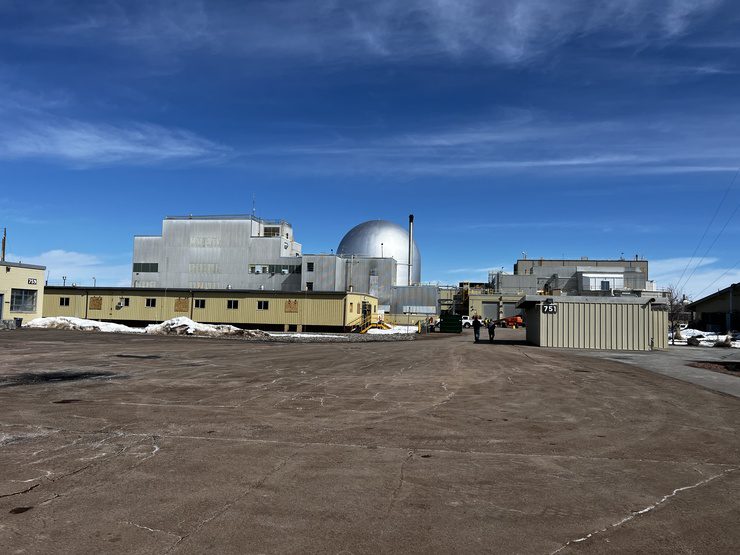

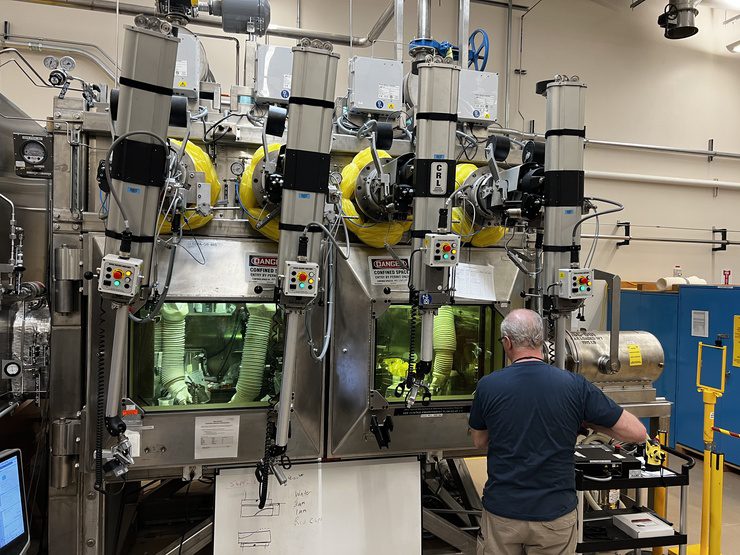
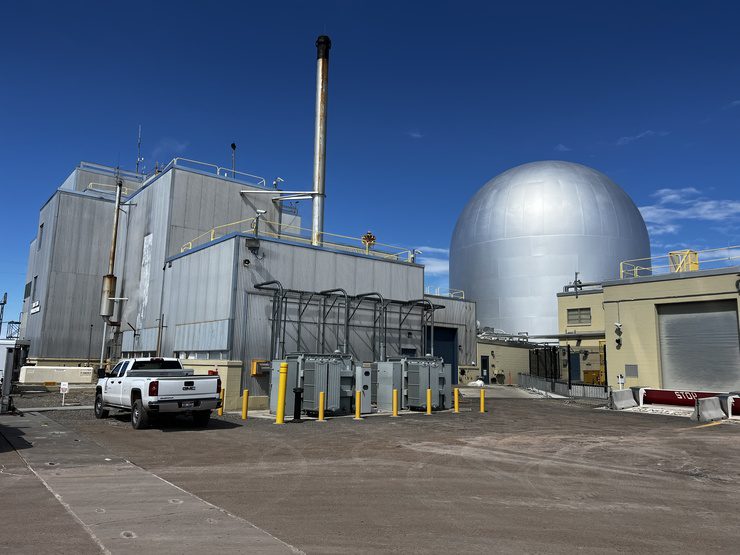
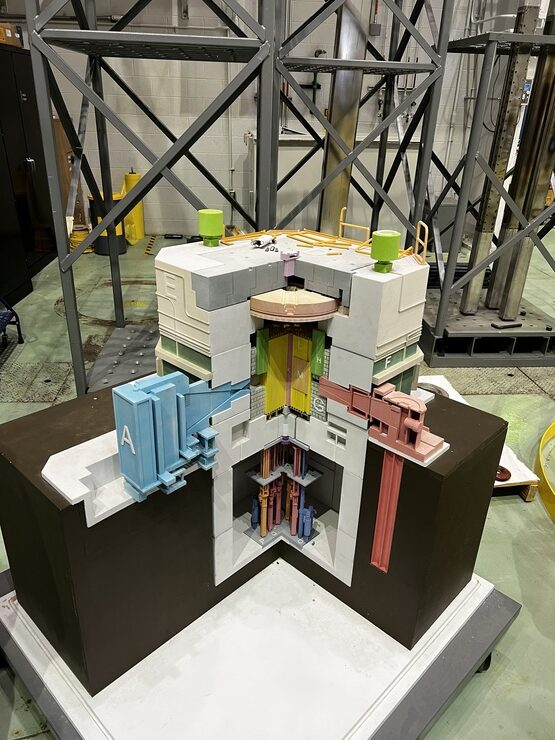
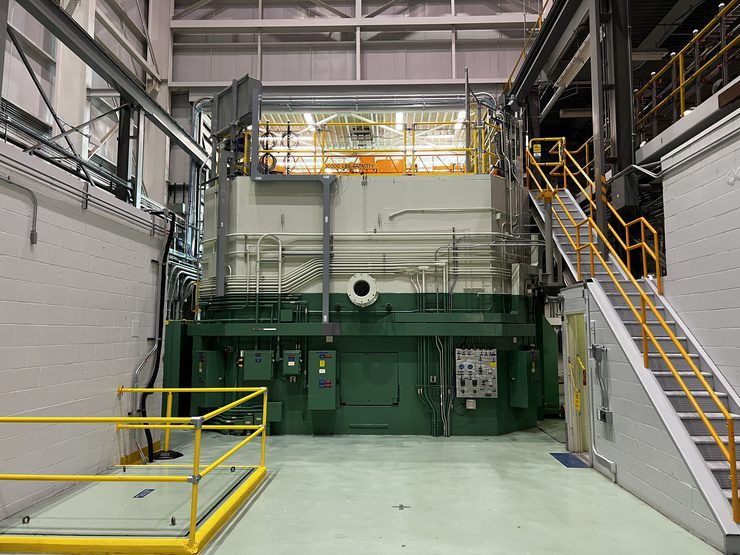

—Aaron Larson is POWER’s executive editor.








